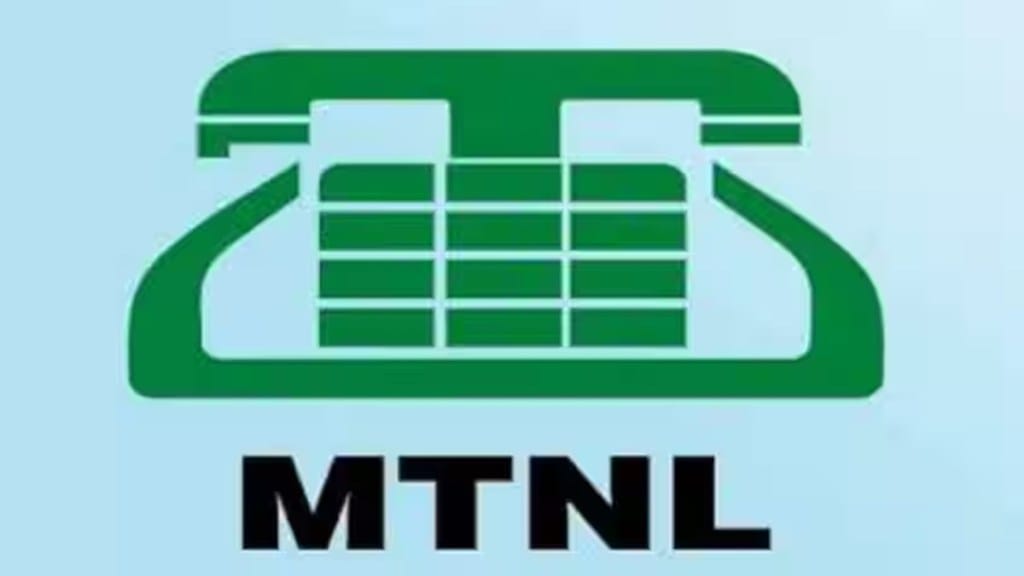The government’s inability to take hard decisions on time has come back to haunt it. More than two decades back, it had toyed with the idea of merging state-owned telecom services firms MTNL and BSNL. However, this was never pushed to its logical conclusion. The other plan was also never pursued seriously: that of allowing MTNL to expand beyond Delhi and Mumbai. A stitch in time saves nine but in this case the wounds were left to bleed endlessly. Years of indifference have led to State Bank of India declaring MTNL’s account as a non-performing asset. This was not the first one. Prior to it, Punjab National Bank, Union Bank of India, and Bank of India had done the same. Next in line are Punjab & Sind Bank and UCO Bank.
Ironically, MTNL was set up in 1986 as a corporation by carving it from the department of telecommunications, to provide faster and better services in Delhi and Mumbai. The hope was that a corporation would have more freedom and flexibility than a government department in decision-making. In 1997 it got the Navratna status, which provides for even greater financial freedom. The same year when it was provided a licence for cellular services, the private operators opposed it on the grounds that the government did not follow the rules. In its first decision the same year, the Telecom Regulatory Authority of India struck down the licence awarded to it.
The company, which once gave jitters to private telcos, has a total debt of Rs 32,000 crore, of which bank loans comprise around Rs 8,000 crore. In the last six months, it has defaulted on loan repayments of around Rs 1,600 crore. A majority of its outstanding dues are on the bonds raised by it, which are backed by sovereign guarantee, but there’s no such backing for bank loans. MTNL last made a modest profit in FY14 and that too on the back of some exceptional gains. In FY24 its losses stood at Rs 3,302 crore, with revenues of around Rs 728 crore. Its finance cost stands at Rs 2,690 crore — more than double of what it was in FY13. Simply put, it’s not in a position to pay its finance costs and has to foot a wage bill of Rs 600 crore. It has a subscriber base of 1.9 million wireless users, which translates into a market share of 0.2%. This is the scenario when since 2019 it, along with BSNL, has been provided three bailout packages by the government.
Plans like monetising its buildings and offices have been talked about but nothing has seen the light of day. The best solution the government could offer was that its services will be managed by BSNL, which itself is surviving on government handout and is in no great financial shape. For the government, there are hardly any options left now. It will have to pay for the bonds as it’s a sovereign guarantor. Banks’ debt will also have to be taken care of as the option to declare it insolvent will not work — the insolvency resolution of Reliance Communications and Aircel are still stuck over who pays for spectrum dues. Further, there will be no takers for a company which offers services only in Delhi and Mumbai. The only way this patient can be relieved from pain is simple: Shut it down.

